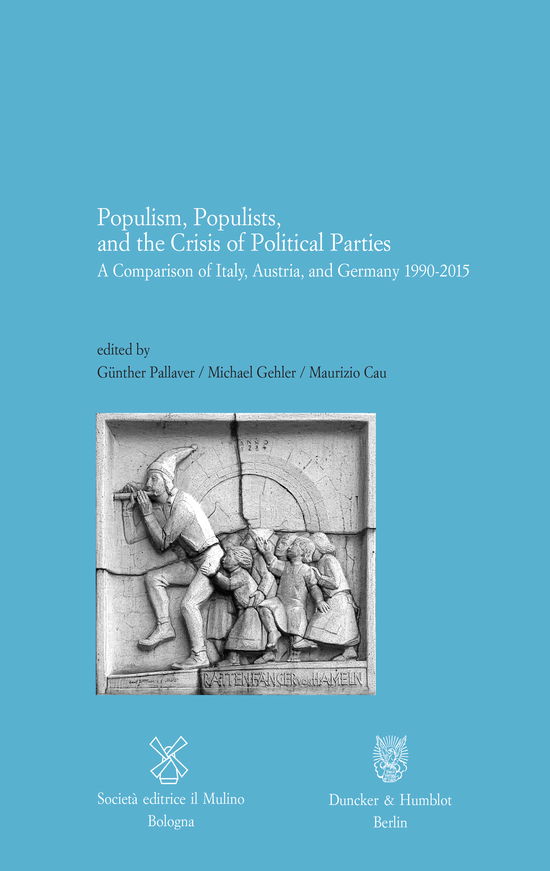Populism, Populists, and the Crisis of Political Parties
A Comparison of Italy, Austria, and Germany 1990-2015
The last decades have witnessed a renaissance and a new boom in the concept of populism. What was decisive for this trend was the electoral success of various populist political parties and leaders. Scholars of history and social sciences have attempted to define, delineate, and categorize populism, which has resulted in different theoretical approaches and explanatory models. One approach understands populism as a “thin centered” ideology, i.e. one that is slim and unfinished. A second approach views populism as a strategic concept for political mobilization primarily concentrated on three strategic aspects: policy choices, political organization, and forms of mobilization. A third approach describes populism as a form of communication based on the dichotomy between the positively perceived collective and the negatively perceived elites.
This Book is published with the financial support of the Autonomous Province of Trento, the University of Innsbruck/Vizerektorat für Forschung, the Helmuth M. Merlin Stiftung of Vaduz, the Historisches Institut beim Österreichischen Kulturforum in Rom, and the Deutsches Hisorisches Institut in Rom.


